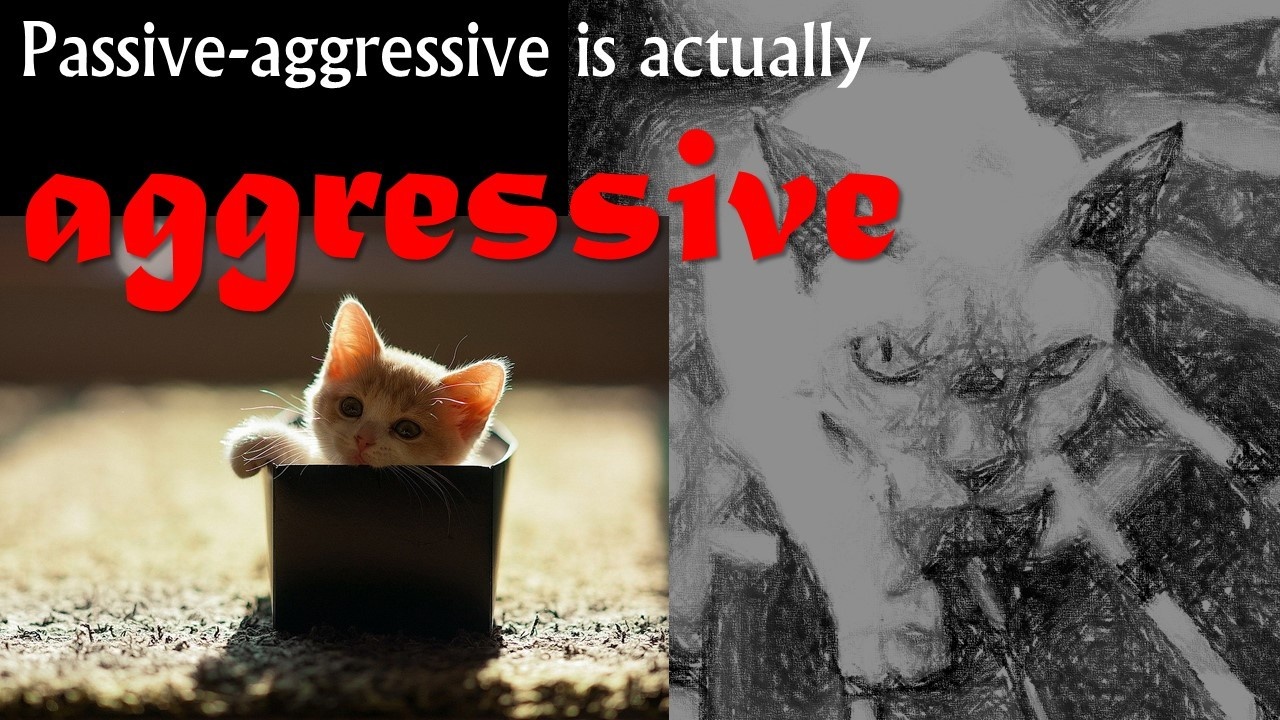
Passive-Aggressive Is Not Passive
May 29, 2021I talked about Supportive Engagement in a previous post. I would like to build on those comments now. It is very interesting to contrast two types of conversation:
supportive engagement
and passive-aggressive approaches.
These are opposites.
- A Passive-aggressive approach is, in fact, aggressive (whether intentional or not; whether conscious or not), carried out in some kind of clandestine manner. It’s a kind of guerrilla warfare. We've all done this at one time or another, but sometimes people major in this kind of response. When that happens, it often hides behind the otherwise commendable traits of just being nice or nonconfrontational; and it often assumes a posture of being unwilling to defend its own positions under the guise of “not wanting to appear argumentative.” Underneath, however, is a kind of seething aggressiveness that tends to be defensive, overly sensitive, and insecure, and which focuses on assigning motives to others rather than focusing on one's own responsibilities as a conversation partner and on the issues of a discussion.
Now it should not have to be said, but I will say it anyway—there is nothing wrong with being nice, nonconfrontational, or quiet in a discussion group. That is all perfectly fine. The problem is when we are pretending to be all nice and cuddly, when actually we are quietly carrying around baggage that we are refusing to unpack. Again, this might be happening on a subconscious level. The problem is, when we finally decide to unpack, we deploy it like a weapon, and it completely destroys the potential for any kind of open or productive discussion. - A supportive engagement approach, on the other hand, actively seeks to engage another directly and openly without resorting to subterfuge, and it attempts to do so in a way that supports the other(s). Here a conscious effort is made to not assign negative or sinister motives, and there is a strong desire to examine the issues of the discussion. This requires of us that we are genuinely focused on the issues of the discussion rather than on our own insecurities. And that problem right there—our own insecurities—is the big, big deal that kills many discussions.
As I have often said, there is no such thing as a perfect approach or perfect execution of an approach. There are times that personality gets in the way of conversation. But the goal of supportive engagement is to give us a positive and productive path and to remind us that we are attempting—all of us together—to have a safe place for substantive conversation. This not only means that when I write, I take responsibility for how I decide to write my words to others; but when I read, I take responsibility for how I decide to read the words of others. It is a two-way street, and we are on this path together. We can either fill it with potholes and land mines, or we can insure that the path is prepared for the way of the Lord, a surface that has been made straight and smooth. (Mk. 1:1)
Finally, because I have addressed this topic before (and every teacher and preacher knows this feeling) there is always someone who thinks you're talking directly about her/him. But I am not talking about anyone in particular. I'm talking about all of us in particular! We are all prone to slip into a passive-aggressive mode once in awhile. It is not helpful. It destroys our ability to interact with one another openly. I’m talking, instead, about this question as a philosophical base of procedure. And I started writing about this way back in 2012.
____________________________________________










